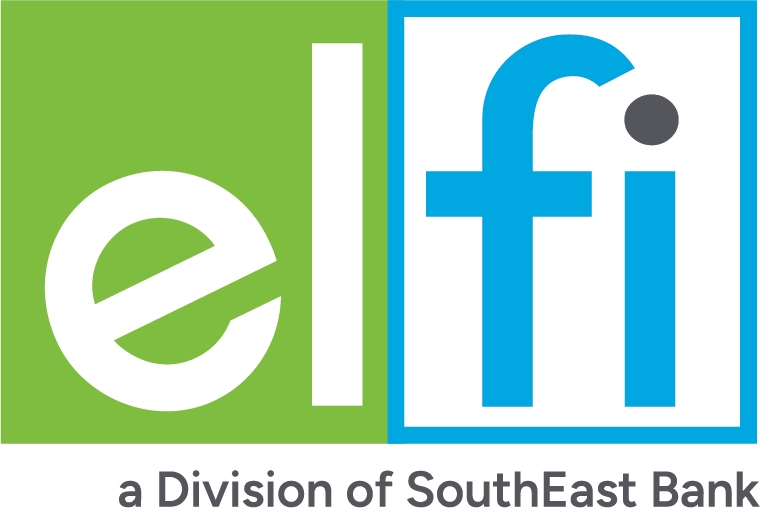Can You Pay Off Student Loans in One Lump Sum?
You can pay off student loans early with one lump sum. Use our student loan lump-sum payment calculator to see how much you could save.

Many, or all, of the products featured on this page are from our advertising partners who compensate us when you take certain actions on our website or click to take an action on their website. However, this does not influence our evaluations. Our opinions are our own. Here is a list of our partners and here's how we make money.
You can use a lump sum of money to pay down or pay off student loans. There are typically no penalties for prepaying federal or private student loans.
You’ll save time and interest if you can pay off your student loans in one lump sum. But before you do so, consider financial goals that may take higher priority — like building up an emergency fund or beefing up retirement savings.
Advertisement



Student loans from our partners

on SoFi® website
SoFi® 

Fixed APR
4.24-9.99%
Min. credit score
650
on Earnest website
Earnest 
Fixed APR
4.79-9.99%
Min. credit score
665

on Credible’s website
ELFI 

Best for faster repayment options
Fixed APR
4.88-8.44%
Min. credit score
680
Should you make a lump-sum student loan payment?
Before making a lump-sum student loan payment, evaluate your other financial priorities. Putting that cash toward an emergency fund, retirement savings or high-interest debt, like credit cards, could save you more money overall and lower your chances of increasing your debt down the road.
If you’ve checked those boxes, a lump-sum payment may make sense if you want to prevent interest capitalization or pay off your student loans early.
For example, say you owe $30,000 at 6% interest for 10 years. If you put a $5,000 lump sum toward those loans, you would finish repayment 26 months earlier and save over $3,600 in interest.
Even if you don't have a lump sum, any extra payment helps. In the scenario above, adding $100 to your monthly payments would cut 35 months off your term and save you roughly $3,070 in interest.
Other ways to lower your student loan payments, like refinancing with a private lender at a lower interest rate, can also save you money without you paying more.
Cons to paying off student loans early
While paying off a student loan in one lump sum sounds advantageous, there could be potential downsides to consider.
Limits savings. If you’re short on an emergency fund or have long-term financial goals like saving up for a home, applying a lump sum to student loans could slow those savings efforts down. Take stock of your savings goals before making a lump sum payment on your student debt.
High-interest debt builds. If you carry high-interest debt, like credit cards, choosing to put a lump sum toward student loans may end up costing more than if you put that money to higher-interest debt. Use a debt tracker to calculate what you owe and build a strategy for paying it off.
Delays investments. The sooner you start saving for retirement, the more time your investments have to grow and compound. A lump sum used to pay off low-interest student loans could instead fund higher-return retirement savings.
Student loan lump-sum payment calculator
How to make a lump-sum payment on student loans
Windfalls of cash are unexpected funds you receive from things like tax refunds, a raise at work, extra employment or an inheritance.
If you’re ready to pay off your loan, whether through savings or a cash windfall, follow the steps below:
1. Get a loan payoff quote. Contact your student loan servicer for a loan payoff quote or use your servicer’s online portal to acquire your loan balance. This will detail the exact amount you’ll need to pay off your student loans in one lump sum as of the payoff date.
2. Request to pay off balance. Tell your servicer to apply the lump sum to your loan’s balance. If you have more than one loan, you may want to provide additional instructions based on which loan you want to pay off first. You can typically do this online or by mail. Check with your loan servicer for specific instructions.
3. Verify the loan was paid. Your loan servicer should send a letter of confirmation that your loan balance was paid in full. Depending on the lender, this could take 30 to 45 days to receive.
Article sources
NerdWallet writers are subject matter authorities who use primary,
trustworthy sources to inform their work, including peer-reviewed
studies, government websites, academic research and interviews with
industry experts. All content is fact-checked for accuracy, timeliness
and relevance. You can learn more about NerdWallet's high
standards for journalism by reading our
editorial guidelines.
Related articles
AD
Refinance Your Student Loans with Earnest: smarter rates, total flexibility, no fees.
Check rate
on Earnest's website

AD

Refinance Your Student Loans with Earnest: smarter rates, total flexibility, no fees.
- Fixed APRs starting at 4.79%, Variable Rates starting at 5.88%;
- Customize your term down to the month (5–20 years);
- Skip one payment every 12 months.
Check rate
on Earnest's website
AD
Refinance Student Loans with SoFi:
low rates, flexible terms, no fees.
Check rate
on SoFi®'s website

AD

Refinance Student Loans with SoFi:
low rates, flexible terms, no fees.
- Rates: 4.74-9.99% (fixed) / 5.99-9.99% (variable) APR;
- Terms between 5–20 years, plus features like interest-only SmartStart for residents;
- Zero application/origination/prepayment fees — ever.

Check rate
on SoFi®'s website












